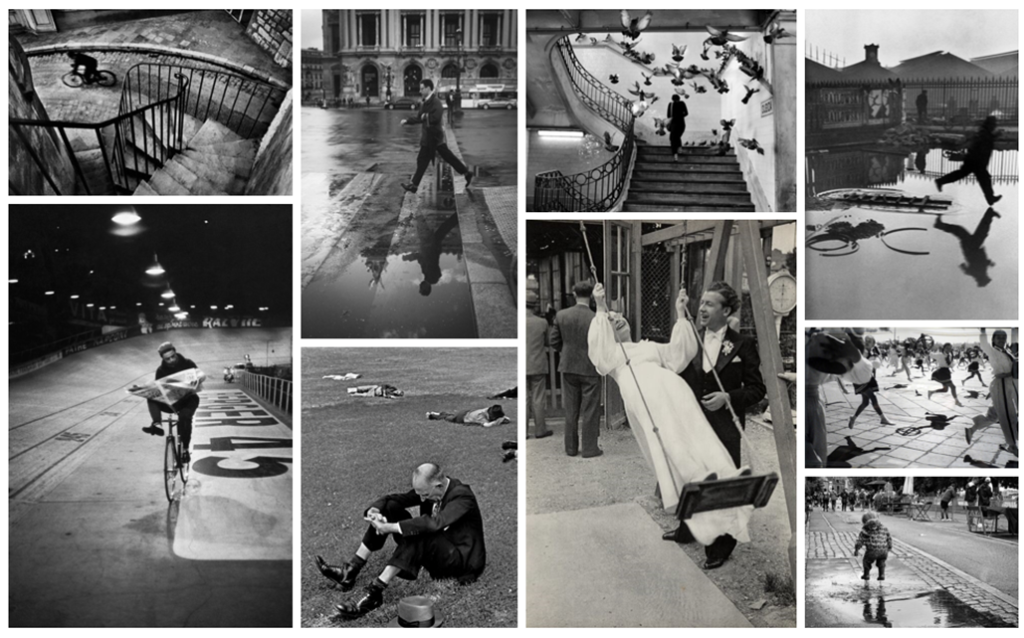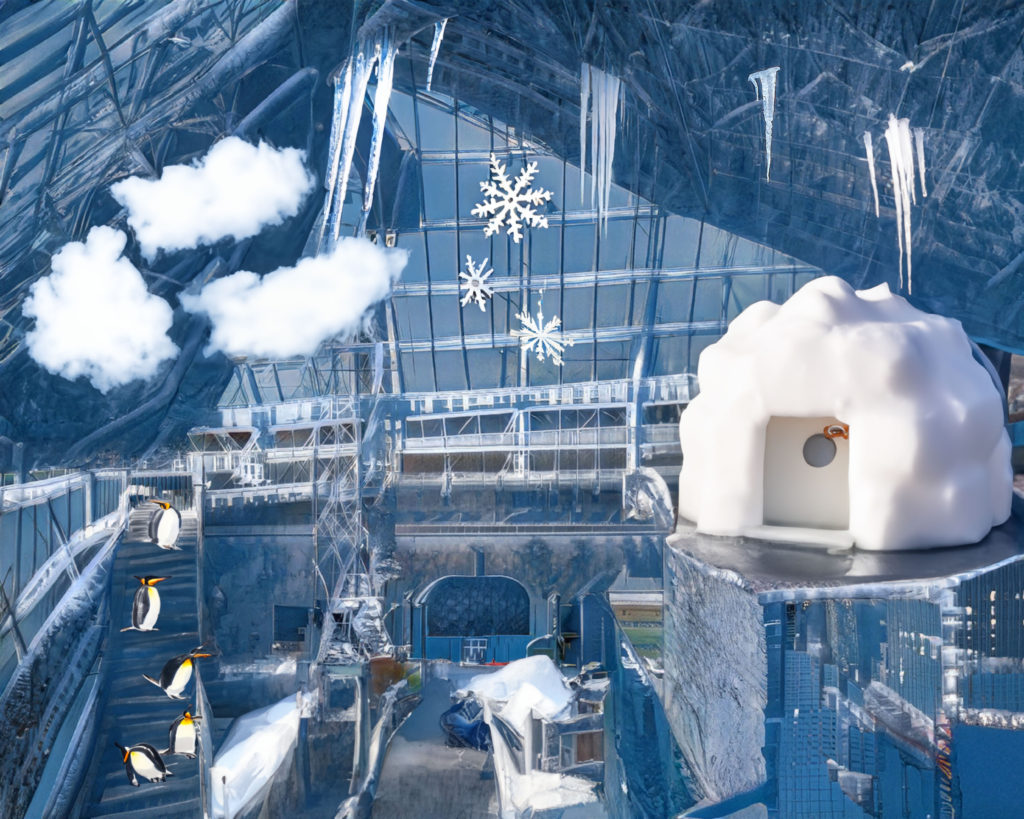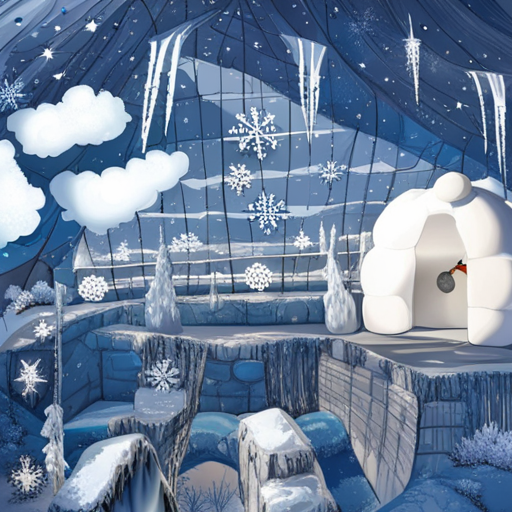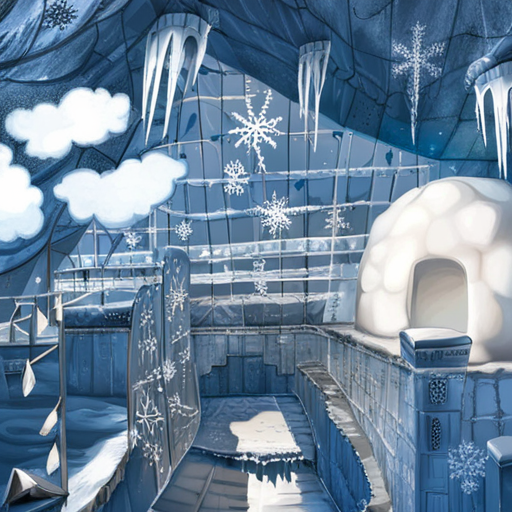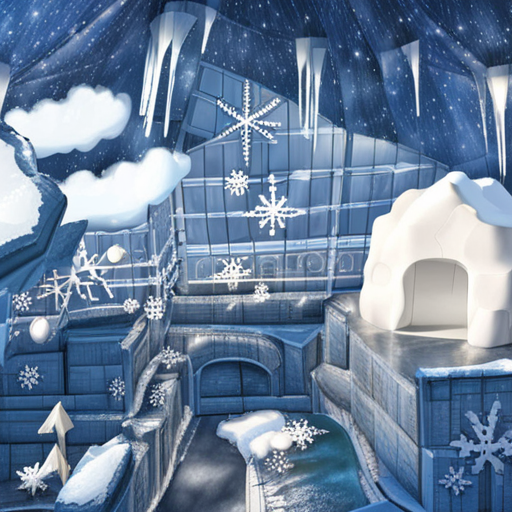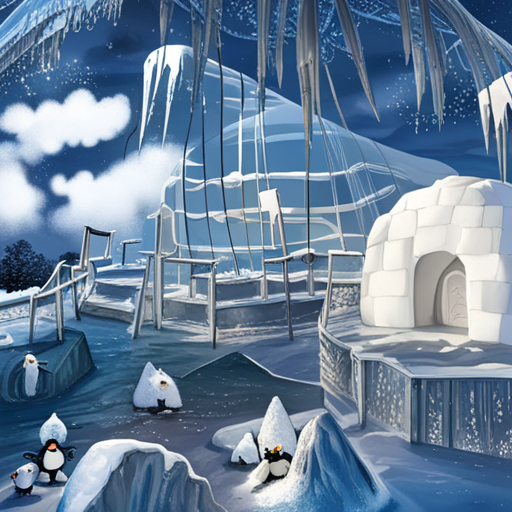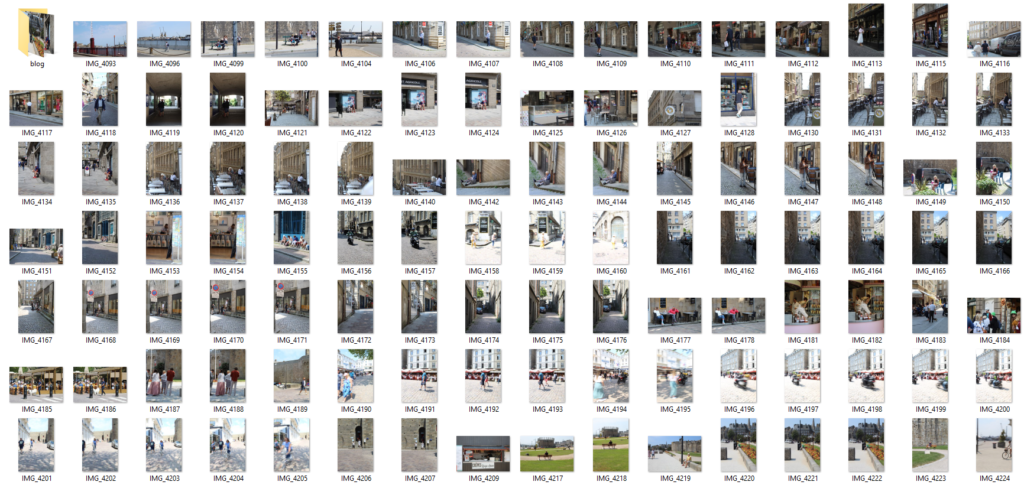Carter was renounced for his street photography and his ability to capture a “decisive moment”, this was his ability to create a good photograph which also captured a meaningful event occurring, which varied. He was also a photo journalist where he documented some very famous events, such as Gandhi’s funeral, china and even the liberation of Paris. His influence was through surrealism, and decided to make a photobook called “The Decisive Moment” which would define photography itself and be one of his most famous projects.
Cartier, at a young age studied art with his uncle using oil paint, which grew to be Cartier’s loved interest, whilst his uncle was known for his skills in art across the world and taught Cartier everything he could, it wouldn’t last long when Cartier’s uncle was killed in WWI. Later in his life Cartier attended a private art school and Lhote Academy. He would say that his teacher was someone who “taught photography but without the camera”.
during 1929, Henri was put under house arrest for hunting without a license, but was asked by someone called Henry Cosby for Cartier to be released “under his wing”. Both henry and Cartier where interested in photography and decided to take images and print them. This was Cartier’s first experience in photography.
During his life Cartier was painting and doing photography partially until he was inspired by an image called “three boys at lake tanganyika” where there where 3 African boys running into a lake. Cartier was inspired by how the image captured a moment in which the 3 boys where embraced and happy in life, which convinced Cartier to take up photography full time saying “I finally understood that photography could fix eternity in an instant”. this would be an important reasoning behind his book of “the decisive moment”, which name came from photography being something that in his eyes where to capture an event which expressed emotion and showed the settings of that exact moment.

he was obsessed with an image having the contents of patterns, lines, shapes, tone, texture, and space. Which worked in his favour, and worked especially well on the streets that he would take these images in. he began his career in film working with renowned French director, Jean Renoir as second assistant director to films such as La vie est à nous (1936) and Une partie de campagna (1936). They gave Cartier a deeper understanding of photography, for example, whilst making one of their films, they told Cartier to act himself so he would understand what it was like in front of the camera rather than behind, Things like this helped Cartier to develop his knowledge on image making. One of Henri Cartier’s quotes stated the difference between art, and photography: “There is a creative fraction of a second when you are taking a picture. Your eye must see a composition or an expression that life itself offers you, and you must know with intuition when to click the camera. That is the moment the photographer is creative,”. This quote was referenced to his book of the decisive moment, and showed people that photography has a different style to it, and doesn’t (fully) copy art.

